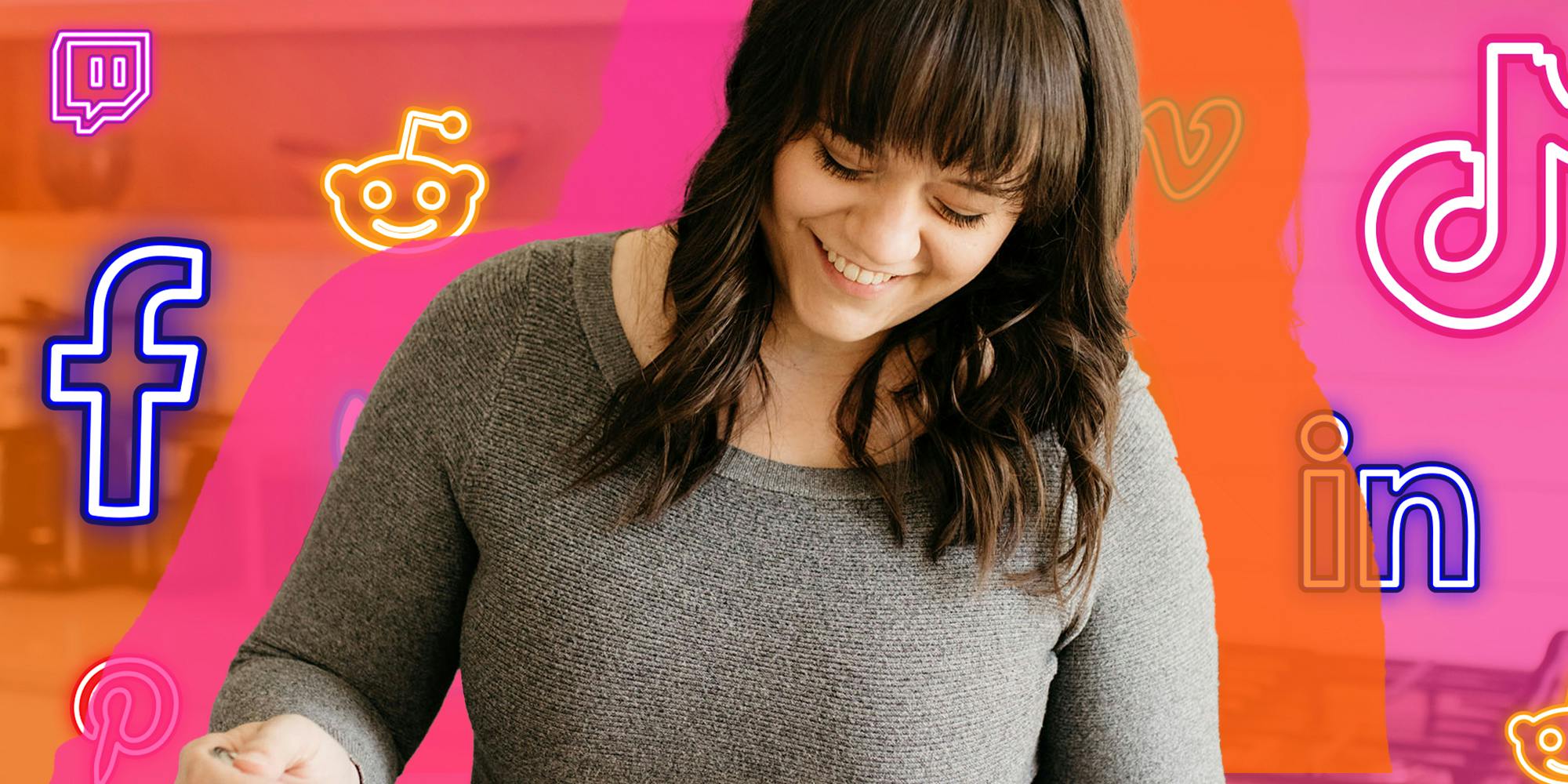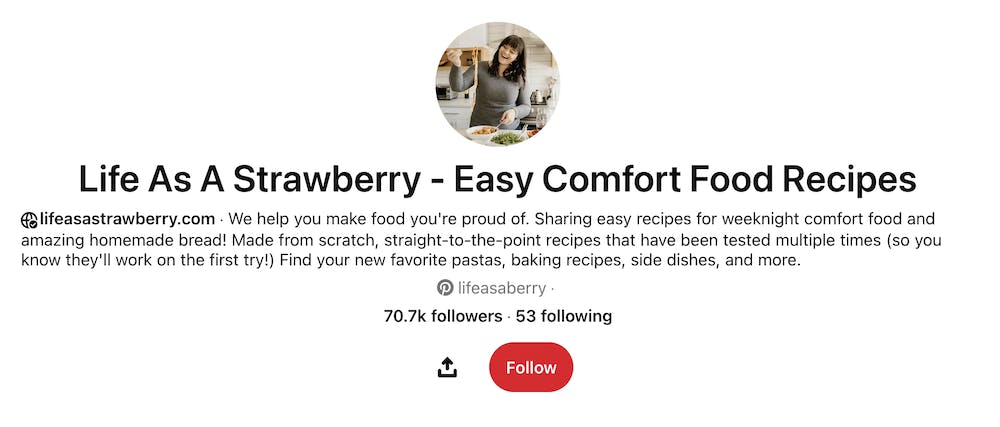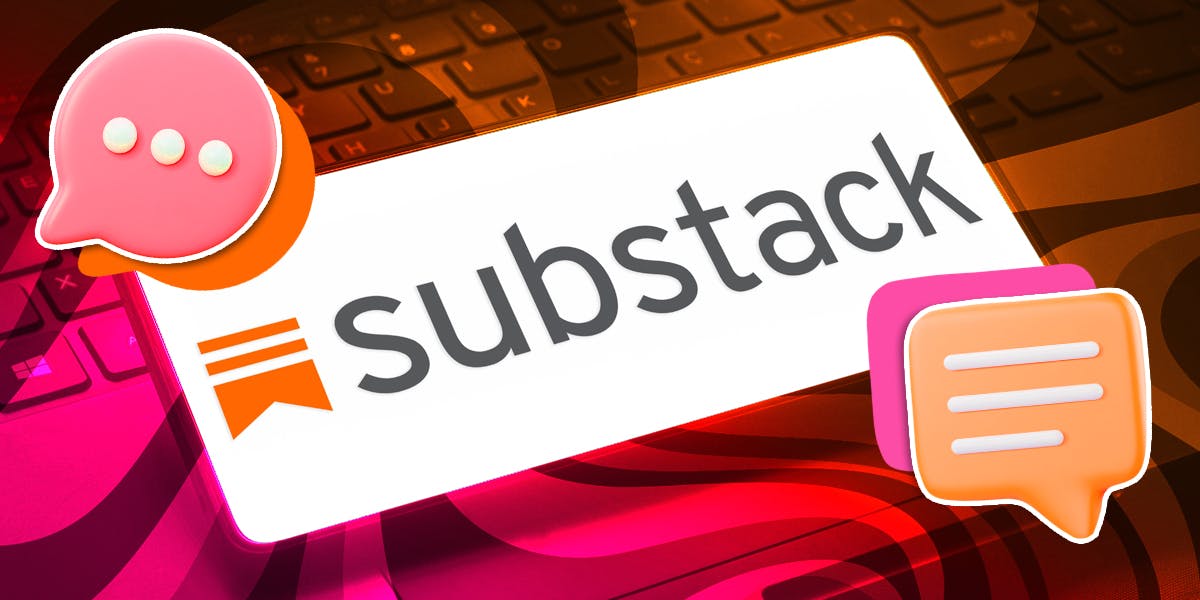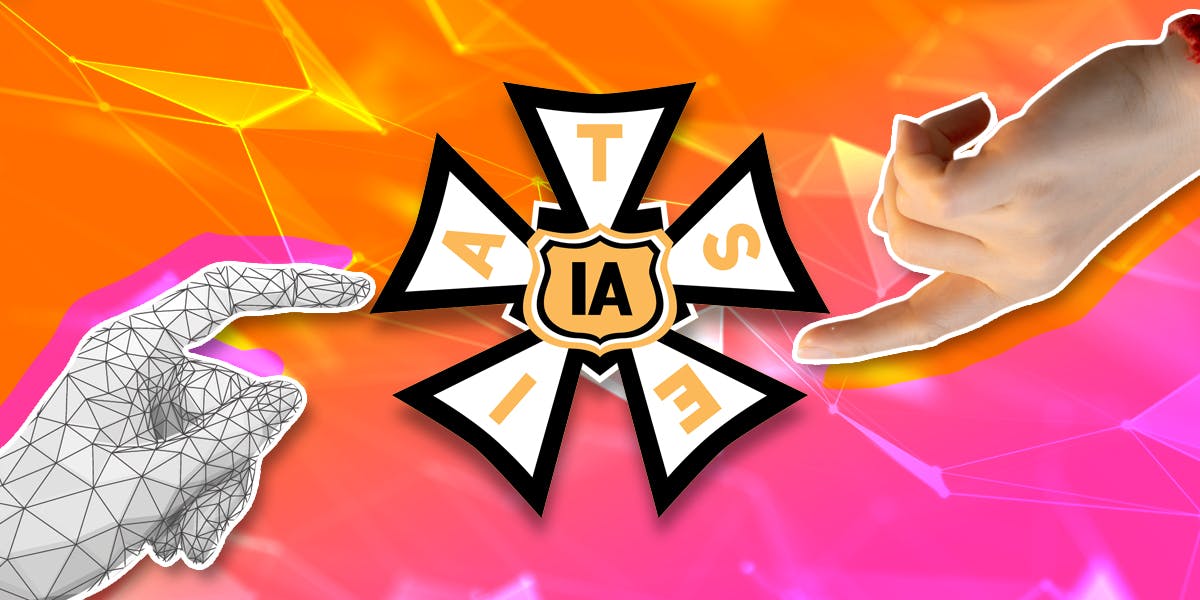
This as-told-to essay is based on a conversation with Jessie Johnson, a professional food content creator who stopped doing sponsored content in 2019. The following was edited for length and clarity.
When I graduated from college, I decided to work and save money for a year before heading to grad school. I planned to focus my Master’s research on food security and ultimately wanted to land a nonprofit job combatting hunger.
In the meantime, I was working two administrative jobs and missing the food-focused work I’d started as an undergrad. I had experience in catering and community kitchens and loved cooking.
I started a food blog to keep myself engaged in the food world and show potential graduate programs that I was doing something interesting in the food space.
That was in 2012 when Instagram started to take off, and personal blogs were having their heyday. I enjoyed taking photos, sharing my recipes, and using the blog to keep in touch with friends and family.
While “influencing” didn’t exist yet, the blog gained a following. People visited the website, made my recipes, and engaged in the comments section.
The Beginning of the End
In 2015, I monetized the website and made enough money to leap into full-time blogging. I primarily made income through website ads, affiliate commissions, and occasional sponsored blog posts. At first, brands were just interested in sponsored posts on the website, where I would develop and post a recipe featuring their product.
However, as Instagram started to take off, my sponsors increasingly emphasized social media performance. If I wanted to keep sponsored content as a significant revenue stream in my business, a robust social media presence became non-negotiable. I had to show up more on Instagram and other platforms to keep selling sponsored posts.
By 2019, even though about 20% of our revenue came from sponsored work, I stopped being a social media content creator. Here’s why.
Jessie Johnson’s Content Strategy Shifted When She Started Showing up on Instagram
However, the analytics on Instagram started shifting, and what performed well on the blog wasn’t always the same as what performed on social media.
Instead, my Instagram audience wanted more personal and behind-the-scenes content. The recipes I shared got fewer and fewer views, but when I posted personal updates or longer, essay-style captions, engagement soared.
Because brands put such a premium on an engaged Instagram audience, I let that data dictate much of my content strategy. I showed up on stories and shared personal anecdotes.
I hired a team. We spent a ton of time pitching clients and managing sponsored campaigns. Often we prioritized my social media efforts over on-site content. But creating content like this wasn’t in line with my values. It wasn’t what I wanted to do.

Jessie Johnson Never Wanted To Be an Instagram Influencer
I started using Instagram as a marketing tool for my blog. Daily I’d posted recipes and share photos to encourage people to visit the website. However, I quickly realized it took much more than that to grow on the platform and sign brand deals.
The creators booming on Instagram were personal and authentic, and they gave followers something there that they couldn’t find anywhere else.
I felt pressure to conform to that trend. Especially since brands were so invested in Instagram engagement. I showed up on camera, even when I didn’t want to. Often I shared more personal details about my life, even when I wasn’t comfortable with it.
I realized I was no longer making the content I wanted. I was building my content strategy around what would do well on Instagram with my audience instead of what I was excited about.
For example, if a Mac and Cheese recipe did well on Instagram, I’d share ten more mac and cheese recipes instead of an out-of-the-box salad I’d been loving. In hindsight, this was a surefire path to burnout. It became so draining to show up every day and feel like I was performing for an audience.
Instagram Metrics Became a Big Deciding Factor in Whether Brands Would Work With Jessie Johnson
As a blogger, I was great at producing content for my website and driving traffic through SEO. However, once Instagram came into the mix, brands seemed to care less about the metrics of my blog and more about the analytics from my Instagram account.
Our sponsored blog posts were getting incredible impressions even after the campaign ended. However, brands would still pass on working with us because we didn’t have enough Instagram followers.
That was a hard transition to navigate. It meant that if I wanted to continue to make money as a blogger, I had to build a much bigger Instagram following, which meant creating content that would specifically perform well on that platform. We started to sell omnichannel deals to brands.
They would buy a single sponsorship package that included recipe development, photography, and a sponsored blog post, along with the sponsored Instagram content.
Packaging our offers this way meant we could earn more, but it also meant more pressure for sponsored content to perform well so the brand would want to work with us again.
Working With Brands Made Content Creation a Time Consuming Process
When I first started content creation, I only had to develop a good recipe, take nice photos, and write a short blurb for my blog. Once the recipe was tested, the process would take around two or three hours total.
However, when social media and video became part of the equation, it added hours or even days of work. We had to film and re-cut content in multiple ways so it would perform well on each platform. While influencer work was just 20% of our revenue, at one point, it made up nearly 50% of our administrative tasks.
The pressure to be active on social media also started to bleed into my personal life. I had to post real-time updates about what I was doing and eating on Instagram. Because the algorithms reward consistency, I also felt I couldn’t skip a day of posting.
If I didn’t post for a while, our reach would go down, and selling our sponsorship packages with a lower engagement rate would be harder. That pushed me to always keep my phone in my hands. The line between my real life and social media was blurred. But I never enjoyed that feeling.

Jessie Johnson Didn’t Like How People Felt Entitled To 24/7 Access on Social Media
Every time I logged onto Instagram and saw a bunch of DMs waiting for me I’d get very nervous. I never knew what people were going to say.
I’m naturally introverted, and responding to hundreds of comments and messages, even nice ones, was draining. Plus, as an influencer, you open yourself up to receiving some really nasty comments.
It became overwhelming and anxiety-inducing to absorb the comments and opinions of so many people directed at me as a content creator. I started blogging because I loved the process of content creation. I love testing recipes, taking photos, and building resources to help home cooks.
Trying to please thousands of people on Instagram and, even then, receiving backlash over little things like someone not liking goat cheese or a reader angry after making random substitutions led me to a breaking point. I hated this part of my job. I had trouble turning it off at the end of the day. And it wasn’t moving the needle as much as some of our other work. So I quit.
Jessie Johnson Used Her Influencing Skills To Pivot Away From Influencing
My team and I haven’t done a sponsored post in almost five years. That change was terrifying, and I worried I was making a mistake, essentially cutting off one of our major revenue sources. But it allowed me to refocus on the things I loved about my job and the tasks that moved the needle.
For me, that meant prioritizing the content we make for the website itself. The core of Life As A Strawberrywas always recipes that work. My team took back the extra time we’d been using on Instagram.
We put it towards more recipe development, optimizing SEO, and developing a stronger email marketing strategy. This helped drive traffic to the blog and increased income from website ads and affiliate links.
I also realized that my experience working with brands on sponsored content could still create opportunities. So I decided to contact a few past clients with a different offer.
I created a white-labeled arm of my business. Now my team creates content for brands to use on their own platforms. I make twice as much doing white-labeled content for brands as we did with sponsored content
There Is Life After Influencing
I still post on my Instagram or TikTok account when I feel like it. But I don’t feel pressured to post every day or post only what will perform well. If you’re an influencer feeling burned out and want to quit, you can.
Influencer culture is so prevalent these days that it seems like the only way to make money online, but I promise influencing is not the only viable path toward doing creative work full-time.
There is still a ton of opportunity in consulting, blogging, freelance content creation, and beyond. You don’t have to constantly show up on social media or share every detail of your life if that doesn’t make you happy.
It will take time and hard work to pivot, but I’m glad I did. I make more money now than I would as a full-time influencer, and I’m doing more of what I love. I might try sponsored content again, but I’m happier now, have better work-life boundaries, and feel like a weight has been lifted off.




